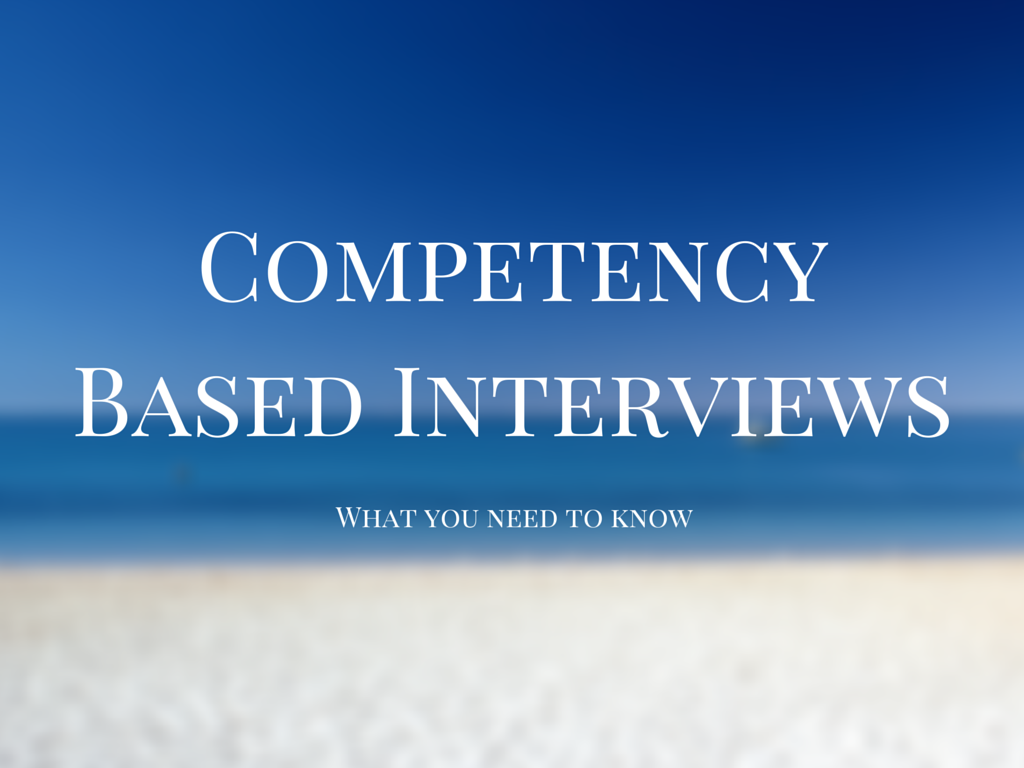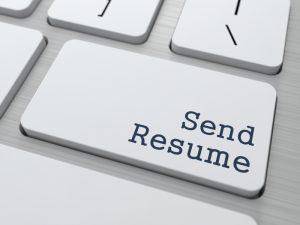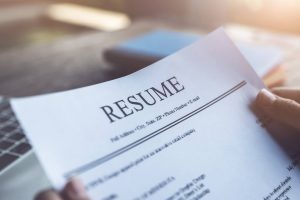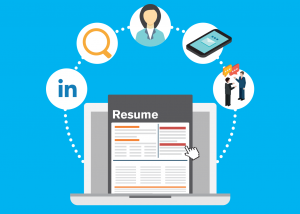World of Work
Competency interview

Among the various types of interviews, a competency interview, or behavioral interview, stands out. This is one of the most difficult selection methods, but also the most reliable.
As the name suggests, this method can be used to assess the competence of a candidate. Moreover, this can be done based on real examples. How does this usually happen? Let’s try to figure out what a competency interview is, in more detail.
How does the competency interview go?
Each company and each position has a specific list of competencies for which you can be tested. To get confirmation of each of them, during the interview, you will be asked questions about the tasks you have performed in the past.
This means that during a competency interview, you do not solve hypothetical problems, as in a situational type of interview, but describe real-life experiences. And thus you prove that you are suitable for the company and can complete tasks in your new position.

For example, to test you for stress tolerance and predict your reaction to conflicts, you may be asked to tell about a case of communication with an aggressive interlocutor. This means that you need to remember in detail what you said to this person and how you behaved in a particular situation.
Please note: general phrases like “I always get out of conflict situations gently, I get along with clients, I have successfully communicated at my previous jobs” and the like will not work here. We need a detailed example – your memories. And honest!
Competency interview: examples and types of characteristics
If you are no longer new to the “art” of employment, the word “competence” will hardly surprise you. In short, these are characteristics that enable an employee to perform their duties effectively. If we say that a person is competent in some profession, we mean that he has the set of knowledge, skills, and behaviors that make him a professional in his field.
Conventionally, competencies are divided into the following types:
- Corporate Competencies apply to any position. Depends on the values of a particular organization, its strategy, and corporate ethics:
- business ethics;
- professional development;
- teamwork;
- result orientation.
- Professional Competencies are applied to a specific position or group of positions. For a salesperson:
- effective communication;
- focus on results;
- work with clients;
- customer focus.
For the position of a translator:
- perseverance;
- being organized;
- attentiveness;
- rich vocabulary.
- Management competencies, as the name suggests, is needed when evaluating employees who will have other employees subordinate:
- business management;
- work with people;
- planning;
- ability to make decisions;
- ability to motivate;
- strategic thinking.
Sometimes it is additionally highlighted:
- Personal Competencies :
- learnable;
- activity;
- self-organization;
- responsive;
- attention to detail.
- Communication competencies :
- negotiating;
- written communication;
- good speech;
- the ability to persuade.
Competency interview: questions on STAR and PARLA methods
The most popular behavioral interview techniques are the so-called STAR and PARLA. They involve a specific sequence of questions: with their help, the recruiter receives complete behavioral examples from your life and career.
STAR Method
- S – Situation. You are asked to talk about a situation you have experienced in the past. How did it arise and under what conditions did it take place? This can be a case of communicating with a difficult client, a story about a project and your participation in it, or an example of your most creative solution in a previous job.
- T – Task (task). What was your goal in this situation? Who set it up: you or your boss?
- A – Action. Here you describe what exactly you did to complete the task. Were there any difficulties in the process and what?
- R – Result. The outcome of the situation. How did it end, did you manage to achieve the goal, what conclusions were made. You may also be asked how you would deal with the same situation in the future.
PARLA Method
The first three steps in this technique are the same as the STAR steps.
- P – Problem.
- A – Action.
- R – Result.
- L – Learned. What conclusions did you draw from the situation, what did you learn from her example.
- A – Applied (applied). The experience gained from the above case was subsequently applied.

Why is the competency interview method good?
With the help of competency interviews, you can predict how a candidate will work in a new position. The recruiter doesn’t just ask about some hypothetical situations but learns real details from your experience. So it becomes clear how you have already applied your skills at work and how you will fulfill your duties in the future.
This method also works for applicants without work experience, since behavioral examples may well be from life or school.
How to prepare for a behavioral interview
To prepare for a competency interview, you can analyze your profession and predict what competencies you will be tested for. Study information about the company on the Internet and, of course, the text of the vacancy for which you are applying.
Based on your own prediction, think about what questions you may be asked and what in your experience is that can be the answer.
Since it is quite difficult to do this work yourself, we advise you to contact a career counselor to prepare for the behavioral interview as best you can. With a specialist, you can simulate an interview and find out what impression you make and how fully you answer questions.









